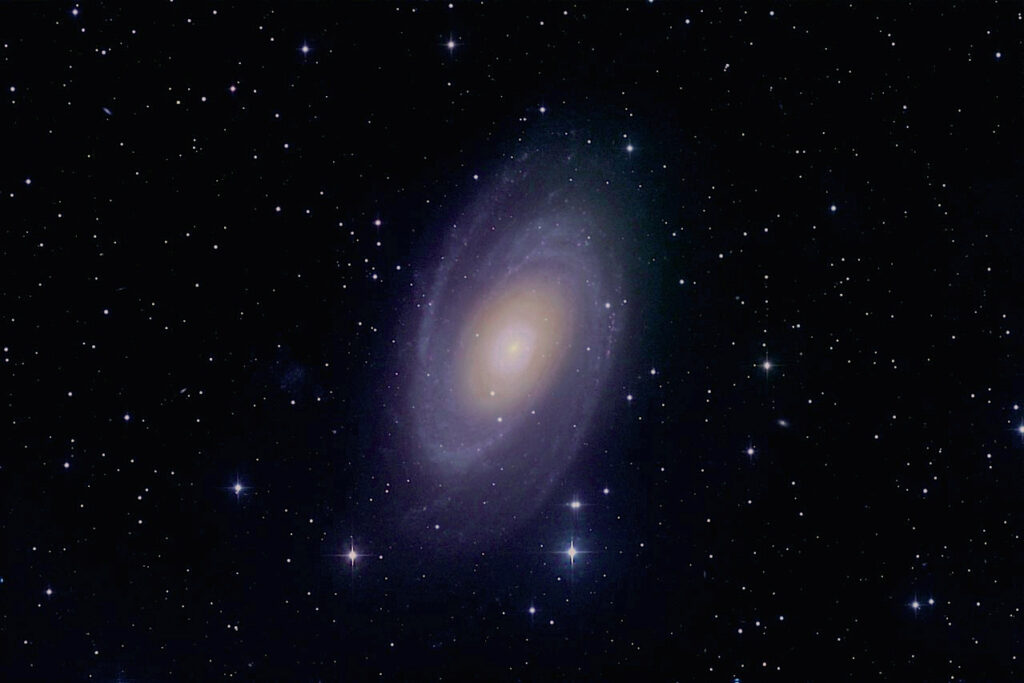Walter Baade was a German citizen working at Mt. Wilson Observatory in southern California when World War II broke out. He was allowed to remain in the United States during the war, but was barred from working on any defense projects. This allowed him to fully utilize the large 100" Hooker telescope at Mt. Wilson (the largest in the world until 1948) while many other astronomers were occupied with military projects. His studies were aided considerably by the "blackout" of nearby Los Angeles each night that made it harder for enemy aircraft to locate and bomb the city.
Baade made a number of important discoveries during his years at Mt. Wilson. His most enduring achievement was noting that the cores of spiral galaxies are dominated by yellow or reddish stars, while the spiral arms are predominantly blue or white. He labeled the yellow and red stars "Population II" and the blue and white stars in the spiral arms "Population I."
We now know that these two main "populations" of stars are distinguished not only by color, but also by age, temperature, and size. This differentiation between Population I and Population II stars is easily seen in this image of Bode's Galaxy (M81) in Ursa Major. Note the yellow core, and the bluish stars in the spiral arms.
First discovered by German astronomer Johann Bode in 1774, "Bode's Galaxy" is a spiral galaxy containing one hundred billion stars 11.5 million light years away in the constellation Ursa Major. It is near the “bowl” of the Big Dipper asterism. Its angular or apparent size is nearly as large as a full Moon, but it is only visible with binoculars or a telescope (a few persons have claimed to have spotted it without optical aid under optimal conditions, which, if true, would make it the most distant object seen by the human eye).
Several lunar craters, asteroids, and comets have been named after their discoverers. But these honors pale in comparison to having one's name associated with an entire galaxy of one hundred billion stars. This honor is even more remarkable given the fact that out of a universe of hundreds of billions of galaxies, only a dozen have been named after an individual
Bode's Galaxy (M81) in Ursa Major
Date Taken:March 5, 2014
Location Taken:New Mexico Skies Observatory
Conditions of Location:FWHM 1-1.5
Equipment Used:Planewave 17" corrected Dall-Kirkham telescope, and FLI PL6303E camera
Processing Used:12 x 5 minutes luminance, and 8 x 3 minutes red, green, and blue, for a total exposure time of 2.5 hours. Processed in Maxim and Photoshop.
Distance from Location:11.5 million light years
Constellation:Ursa Major
Other Link:
